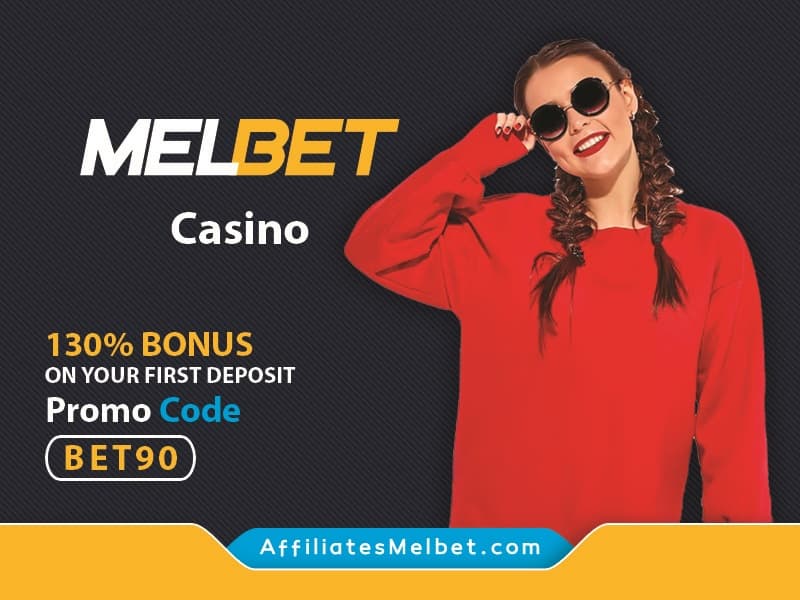Starting a business (Melbet Affiliates)
Today, the Internet has changed people’s lives in many ways. From how to search for information to how to buy goods. Nothing can stop the rapid advancement of this immersion in new technologies, and now we have reached a point where we can no longer even imagine our lives without the Internet.
People try to adapt to these conditions and make the best use of it to improve their lives. For example, why spend time shopping when they can order the supplies they need in less than ten minutes?
What is e-commerce?
E-commerce is the process of buying and selling online. Is a business transaction in which funds and data are transmitted over an electronic network. E-commerce is actually a transaction between a buyer and a seller that is done through online technologies.
As the trend of e-commerce is expanding day by day, the habits and thinking of online users have also changed and the number of digital shoppers is increasing. Now it’s time to explore this part of the digital world and discover the opportunities it offers.
Despite the fact that e-commerce is available to everyone and it is easy to sell products and services, it takes a lot of effort for your business to survive in the digital world. As the market becomes saturated and the competitive environment prevails, it becomes more and more difficult to work in this field.
A modern consumer is immersed in the numerous advertising messages on his mobile phone every day, and in the face of many options, he has to make decisions on a daily basis. All of this shapes the approach of modern businesses, which aim to reach the modern consumer and encourage buying. This is not an easy task, but with the right strategy and tools, you can get your business up and running in the e-commerce market.
Buyers and sellers in e-commerce
On the one hand, we have buyers, people who are trying to make their lives easier and better by shopping online. The Internet has the potential to meet those needs and the ability to achieve something you could not have imagined two decades ago. In addition to convenience, online shopping offers a wide range of products, services as well as competitive prices, which is a great advantage over any local retailer. Due to the increasing expansion of the Internet and the fact that the Internet experience has become a part of the lives of new generations, online shopping is constantly increasing.
On the other hand, we have people selling products online. These salespeople have turned to the Internet as a tool for their business and ultimately their livelihood. Some are opting for existing platforms specializing in online merchandise sales, while others are deciding to set up their own online stores. Either way, your ultimate goal as a salesperson is to reach digital (target) buyers first, and then persuade them to buy from you using a set of promotional activities, online engagement, and more.
Types of transactions in e-commerce

The three most common participants in e-commerce are businesses, offices, and consumers. The different combinations of these participants create significant business models and challenges. The six main types of e-commerce are:
1- Business to Business (B2B)
Both participants in this business model are businesses, which can lead to a high volume and value transaction. A common example would be the maker of tools whose components are sourced online from other manufacturers and traded with.
2- Business to customer (B2C)
Thanks to companies like Digitala or Amazon, most people think of this business model when they hear “e-commerce.” Eliminating the need for physical stores is the biggest reason for creating this model, but the complexity and cost of procurement can hinder its growth.
3- Consumer to Business (C2B)
This model of online commerce has given consumers the power to create the requirements that businesses meet. An example is the Business Board, in which consumers determine the requirements of their project and several companies bid to win the project. Another example might be for a traveler to specify the parameters they want for a holiday tour, and tour operators can make various offers based on the parameters desired by the traveler.
4- Consumer to Consumer (C2C)
This model is similar to a newspaper requirements page or a broker. Think of sites like Wall or eBay, the most popular platform for customers to sell their products to other consumers. Their main function is to directly connect consumers.
5- Business to Management (B2A)
The term “management” refers to government management or government agencies. Numerous branches of government are somehow dependent on or use electronic services or products, especially in the areas of document management and human resources. Online businesses can provide these services electronically.
6- Consumer to government (C2A)
Consumers can also participate in this equation. Although the government rarely buys products or services from individuals, people often use electronic tools to transfer payments or file tax returns.
Advantages and disadvantages of e-commerce

Advantages:
E-commerce has enabled companies and individuals to join this vast market and grow their business using a sales model, which brings significant benefits to both parties. There are many benefits to e-commerce, including:
Comfort
The main advantage of this business model is convenience. E-commerce is constantly evolving, which means that shoppers, unlike physical stores, can easily make their online purchases online at any time, whenever they feel comfortable, regardless of office hours, location, and the like. Do it around the clock.
More variety
Some e-commerce websites offer a wide range of products that offer more choice than many traditional retail stores. Many consumers who can not find the product they are looking for in physical stores, go to online stores to search for it. The fact that you can order products from different cities or even countries means that the choice is very large and without geographical restrictions, which can be very attractive.
Price
E-commerce systems make it easier and faster for consumers to compare the prices of goods and services, and in addition, competition between different sites can provide favorable conditions for cheaper purchases with special discounts.
Cost-effective start-up
Businesses can easily get their website up and running at a low cost and market their products. Without the need for a lot of capital to provide physical space, shop window or warehouse. Selling online can be easy, as it is usually easier to develop a website than a physical store.
Disadvantages:
Although online sales continue to grow and transform the business market, there are some notable drawbacks, such as:
Product testing
One of the disadvantages of e-commerce sites is that customers are not able to see or touch the product before buying it. As a customer, you can not try on clothes or try them on before buying a new phone. This can sometimes cause customers to become frustrated when they receive a product that does not meet expectations and you have to take extra steps to return the product.
Limited customer service
One of the major limitations of e-commerce is that online retailers may not have a customer service representative who can solve your problems. Some e-commerce sites, especially smaller ones, have a handful of services for their customers due to cost and scale.
Safety
Search engine optimization (SEO) largely determines the results that appear when searching online. Although the main search engines have the best ways to prevent fraud, malicious sites can still get to the top of the results page, so you can not be sure that a site is trusted, safe or verified. Purchasing a product or service from an untrusted site could endanger your privacy and financial information. When it comes to consumer-to-consumer (C2C) transaction through classified online advertising, there is little endorsement of safety or quality, which can pose significant risks to consumers.
waiting time
Although you can buy items with the click of a button, there is a waiting time between the date of purchase and the time of receipt of your goods, while purchases from traditional stores allow you to easily enter and pay for a product. , And get the desired product.
Launching and managing e-commerce

Whether you have just started your business and want to focus on e-commerce, or already have a established business that you want to move to the digital realm, you need to understand the process and ways that can help.
Given the competitive nature of e-commerce businesses, all the foundations of e-commerce must be strong. Here are a few.
Supply
Seasonality and changing consumer preferences can cause drastic changes in the sales of your e-commerce website. The people in charge of preparing the product – whether they produce it or source it – must be able to provide it in a timely manner. For example, online sales usually increase significantly a few days before the New Year. The customer is expected to receive your product before the New Year. If you can not deliver the product to the customer in time, imagine losing your reputation and sales!
Marketing
Most e-commerce professionals understand the importance of marketing. However, there are differences in people’s approaches to marketing. Some prefer pay-per-click (PPC) ads and spend their energy on optimizing PPC costs, while others generate traffic and focus on link building through search engine optimization (SEO), and others believe That brand is the only way. Some prefer to expand rapidly overseas, while others try to write a business plan that includes building a network of e-commerce websites. There are also those who believe they make the most of the benefits of online marketing tools and technologies, such as profiting from Clickstream data or targeting customers based on their online behavior.
Technology
It may not be said that e-commerce is primarily a technology game. But there is no denying that this is a show with active technology. As a result, we need to take advantage of technology and consider key decisions such as choosing a web host, domain name, shopping cart software, security measures, and more. We must constantly evaluate the range of new technologies that are being introduced, as well as optimize our existing equipment and technologies.
Assets, investments
The growth and success of an e-commerce company is unlikely to be achieved without capital injection. But financial performance is not just about raising capital. Management, accounting, financial engineering decisions that enable innovative payment to customers, and other areas to consider.
logistic
In the case of digital goods, you have to deliver the product to the customers, and when the product needs to be returned or repaired, your reverse ordering process has to take it back. Therefore, logistics should be considered as a specialized job and sufficient attention should be paid to it.
Conclusion
We are all witnessing the tremendous growth of the e-commerce and sales market in the digital world, anyone can join the world of e-commerce because there are no common restrictions on running a traditional store in this area. If you have a creative idea for how to sell online, start working on an e-commerce plan to shape that idea into a specific strategy.













